Not even a week into 2024, it became clear that aviation safety would be a major theme of the year.
On Jan. 2, a Japan Airlines Airbus A350 crashed into a Japanese Coast Guard DHC Dash-8 while landing at Tokyo’s Haneda Airport, killing five of the six crew aboard the Coast Guard plane. The A350 careened down the runway and burst into flames, but miraculously, all 367 passengers and 12 crew were able to evacuate with only a handful of minor injuries reported. It was the first major accident involving the A350 since the type entered service in 2015.
Days later, a “door plug” fell off of an Alaska Airlines Boeing 737 MAX 9 departing Portland International Airport (PDX), causing an explosive decompression in the cabin as the plane climbed through 16,000 feet. The plane returned safely to PDX without any passengers suffering major physical injuries despite the traumatic experience.
Both incidents kicked of lengthy discussions of safety within commercial aviation, which statistics show the safest form of transportation by multitudes. The evacuation of the Japan Airline took an alarmingly long time, although actions of the crew, the willingness of passengers to follow rules and leave hand baggage and the composite-material used in constructing the aircraft’s hull all contributed to the positive outcome.
The Boeing episode, meanwhile, kicked off renewed scrutiny of the long-troubled company after the bolts meant to hold the door plug in place were found to have been missing. The crisis kicked off by the incident led to multiple investigations, the ouster of top executives and a retooling of its safety and quality control processes and frustration among airlines around the world. It also led to months of public hyper-focus on airline safety, with many routine events and precautionary incidents making headlines and drawing news cameras (for instance, an “emergency landing” out of an abundance of caution that does not involve any danger to those on board).
Now, as the year comes to a close, safety is back in the spotlight following two horrifying and tragic episodes which had far worse outcomes than the ones at the year’s start.

Daily Newsletter
Reward your inbox with the TPG Daily newsletter
Join over 700,000 readers for breaking news, in-depth guides and exclusive deals from TPG’s experts
Last week, an Azerbaijan Airlines Embraer E190 jet flying from Baku, Azerbaijan to Grozny, Russia crashed near Aktau, Kazakhstan after reportedly being hit by Russian antiaircraft fire, which was active amid the country’s ongoing war with Ukraine. The plane had diverted from its flight plan due to interference with its navigation systems, another aspect of Russian air warfare. Of the 67 people on board, 38 were killed.
Then on Sunday, a Jeju Air flight from Bangkok crashed while landing at Muan International Airport in South Korea. Video showed the Boeing 737-800 sliding past the end of the runway, without its landing gear, flaps or speed brakes extended, before plowing into a wall and bursting into flames. Two flight attendants were reported to have survived with serious injuries, while all of the other 179 people on the plane died.
It was not immediately clear what caused the accident. Reports suggest that the plane struck a bird during its initial approach, although that would not, by itself, explain the catastrophic crash-landing.
Both incidents are likely to have repercussions going into the new year.
U.S. airlines and most European carriers are avoiding Russian airspace amid the conflict, both as a consequence of sanctions and in the interest of safety. This has created challenges for airlines seeking to connect the United States and Europe with Asia, and many airlines have since adjusted their networks.
Still, many Asian and Middle Eastern airlines continue to fly over parts of Russia, including Etihad, Emirates and Qatar Airways. As the conflict continues to evolve and airlines continue assessing risks, it’s possible that flight routes will change, either temporarily or permanently, which could impact the viability of some routes.
As the investigation into the Jeju Air crash continues, the results could lead to changes in certain procedures or practices, either within the airline, among all South Korean carriers, or globally. As commercial aviation has become safer, with backups and redundancies for just about everything, it generally takes a cascade of things going wrong to cause a fatal crash. In other words, it’s likely that the investigation will turn up numerous other factors.
One thing is for certain, however: All eyes are once again turned to aviation, and what can be done to make it even safer.






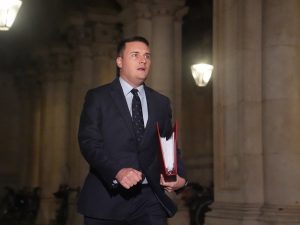






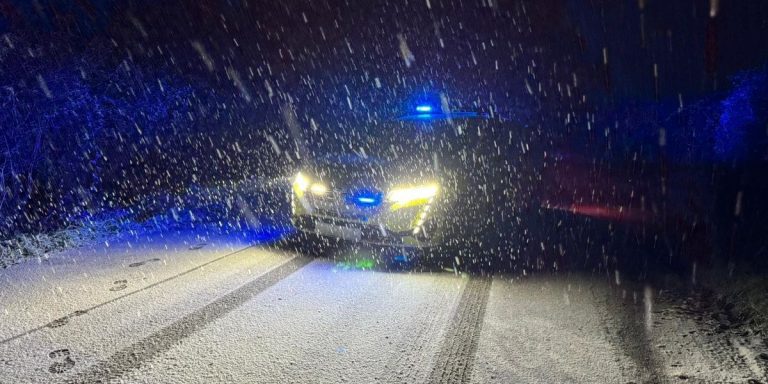

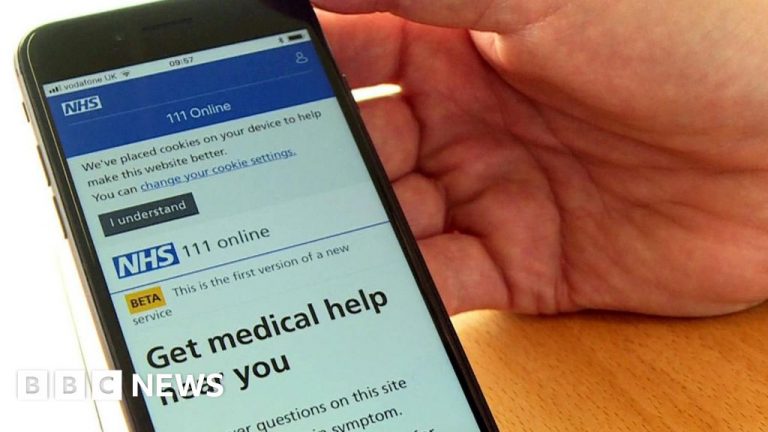

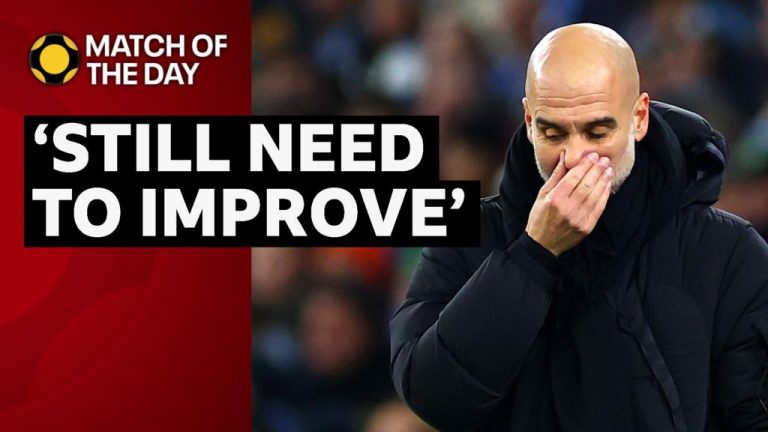





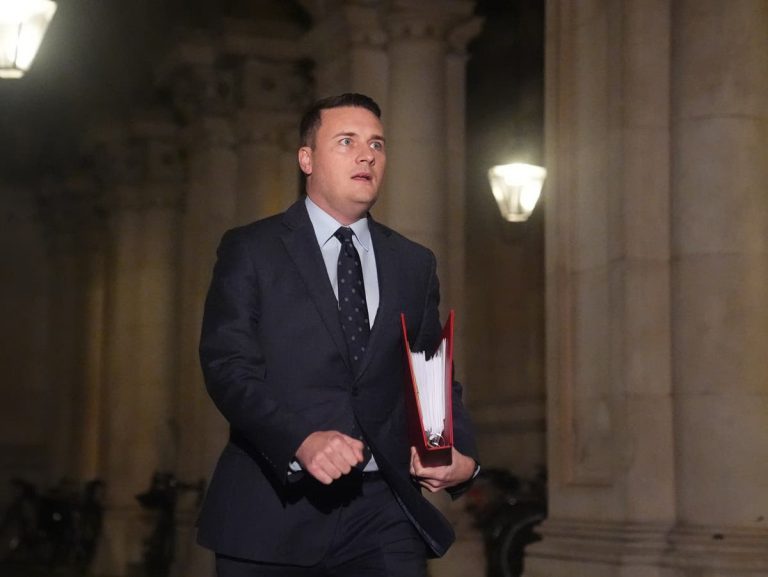

+ There are no comments
Add yours